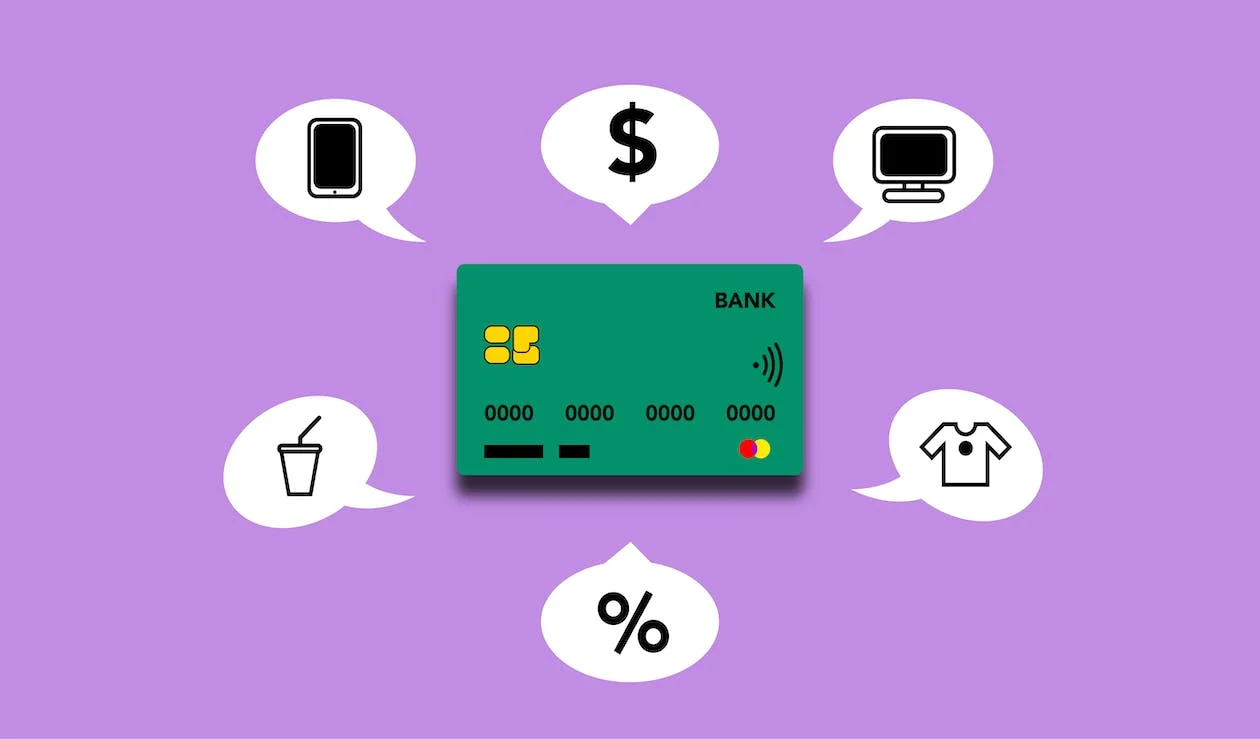Technology has revolutionized the way we do things, including how we manage our finances. Days of waiting in line at the bank, Gone are the days of filling out paper forms and balancing our checkbooks manually. online banking; With the rise of mobile banking and digital wallets, managing our money has become easier and more convenient than ever.
Online banking
Although online banking has been around for several years, it has become more popular in recent times due to its convenience and accessibility. With online banking, customers can access their accounts 24/7 from anywhere with an internet connection. They check their account balances; Viewing transaction history; You can transfer money between accounts without paying bills or physically visiting the bank.
Mobile banking
Mobile banking is another form of digital banking that has gained significant traction in recent years. With mobile banking, customers can access their accounts and perform transactions through their mobile devices such as smartphones or tablets. This means customers can manage their finances on the go without having to connect to a computer.
Digital wallets
Digital wallets are another innovation in the world of banking. They allow users to store their payment information, such as credit or debit card details, on their mobile devices. This information can then be used to make payments to participating merchants by simply tapping the device on the card reader. Digital wallets offer convenience and security as users do not need to carry physical cards or cash.
Impact on banking
The advancement of digital banking has had a significant impact on the banking industry. Banks need to adapt to these changes and invest in technology to stay competitive. This has led to the development of new products and services such as mobile banking apps and digital wallets, and improvements to existing services such as online banking.
Digital banking enables banks to provide better customer service by providing faster and more efficient transactions. With digital banking, customers can complete transactions quickly and easily without waiting in long lines or filling out paper forms. This increases customer satisfaction rates and improves customer retention.
In addition, Digital banking has enabled banks to reach a wider audience, including customers who do not have access to traditional banking services. This has helped increase financial inclusion and reduce the number of unbanked individuals.
Challenges and risks
While digital banking offers many benefits, there are also challenges and risks associated with it. One major challenge is security. With digital banking, customers share their important financial information online or through their mobile devices. This leads to an increase in cyber threats such as phishing attacks and identity theft.
Another challenge is the digital divide. Digital banking offers many benefits, but not everyone has access to the necessary technology or internet connection. This can lead to financial exclusion, particularly among those with low incomes or the elderly.
Conclusion
in conclusion, Technology has changed the way we manage our finances and digital banking has become an integral part of the banking industry. convenience while promoting financial inclusion; Provides accessibility and better customer service. However, there are also challenges and risks associated with digital banking, such as security concerns and digital divide. Banks must continue to invest in technology and security measures in order to provide a safe and convenient banking experience to their customers in the digital age.



